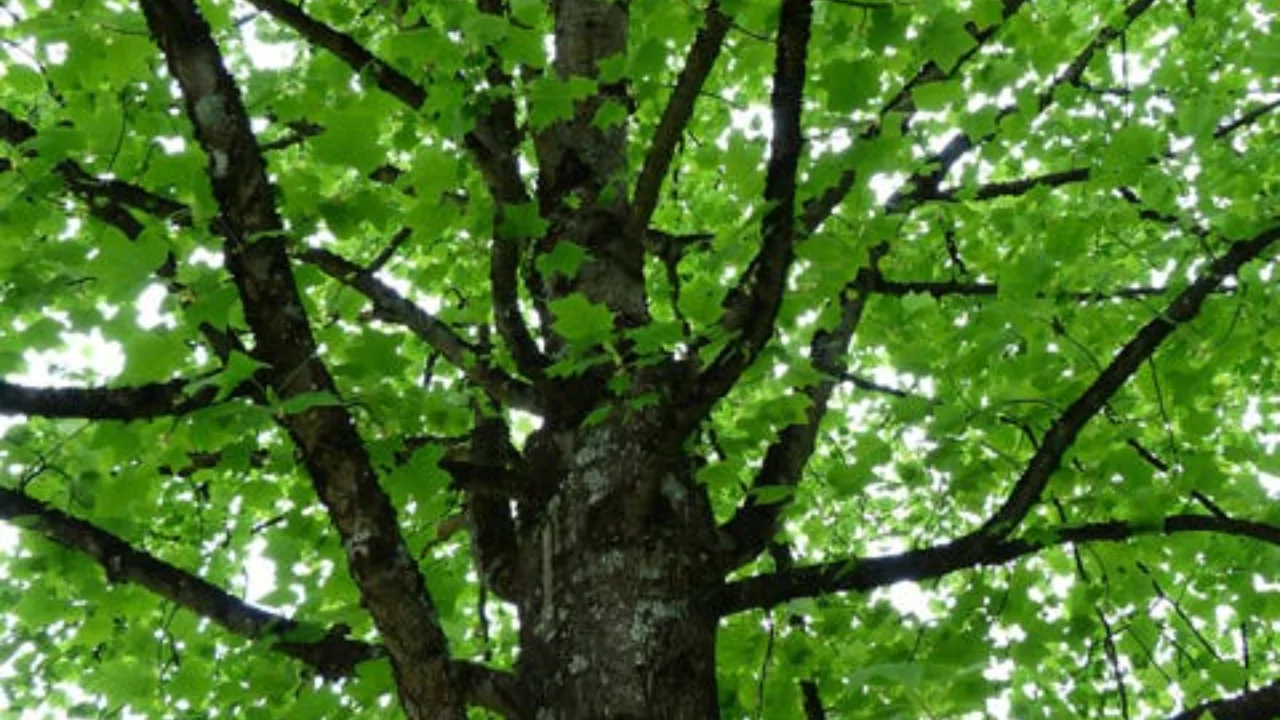
Most likely you picture the Lombardy poplar when thinking of poplar trees. This tree is often used as a windbreak, or for lining driveways and avenues due to its fast growth and upright columnar shape. However, the poplar family contains over thirty five native species, including cottonwoods, aspens, and balsams.
They are advantageous to landscaping because they provide brilliant yellow foliage in the fall and grow quickly. Cottonwoods are exceptional shade providing trees that also offer habitats for wildlife while aspens serve better in compact spaces.
Balsam poplars are well suited for areas with wet soils. They do have some disadvantages such as weak wood structure and susceptibility to diseases.
Identifying Poplars
Cottonwoods (Populus deltoids) can be found in many parts of the United States, particularly near streams and rivers. These trees are large with open gnarled forms, rough bark and large tear shaped leaves which change to yellow during fall. Females produce fluffy seeds in spring which gives rise to the common name “Cottonwood”.
Aspens (Populus tremuloides), or quaking aspens, are found at high altitudes along the Rocky Mountains, as well as in a few other patches across the United States. They feature white bark, a straight trunk, and tear-shaped leaves that tremble in the wind.
Balsam poplars (Populus balsamifera ssp) flourish in northern North America’s wetland regions with swampy soils. These trees have rough bark and an open crown making them reach to about 80 feet tropically growing columnar trunks.
Lombardy poplars (Populus nigra ‘Italica’) were once planted all over Victorian estates but fell out of use because of their shorter lifespans coupled with invasive roots. These trees do exhibit an upright form which contributes brilliantly colored foliage during the fall.
Refer to these tree fact sheets from Virginia Tech University for detailed photos containing leaves and barks of the previously mentioned species.
Their stems are not classified with poplars, however Tulip Poplars (Liriodendron tulipifera) or yellow poplars are known to exist which grow remarkably tall and bloom stunning yellow tulips during spring.
Poplar Tree Care
Poplars are part of the willow family which means that they share similar care requirements. With optimal conditions, they can reach rapid growth rates of 24 inches annually.
This group of trees does tend to have a shorter lifespan, particularly Aspens and Lombardy poplars which rarely exceed 20 years.
Like all varieties of poplars, best growth occurs in full sunlight along with moderately wet soils. The roots of these trees are shallow and pose risk to underground pipes and sidewalks. Cottonwoods and Lombardy poplars face trouble because there shallow roots also have difficult growing through compact soil which is a hazard when it comes to mowing lawns or landscaping work.
To counteract these challenge boundaries, keep poplar trees at minimum distances of 30-40 feet from homes, sidewalks and utilities. Recommending mulching helps retain moisture while minimizing competition from other plants around the tree’s roots exacerbating water loss issues
All poplar trees can tolerate various types of soil. However, aspens have a preference for more acidic soils. When planting any varieties of poplar, the addition of compost or moistened peat moss will improve drainage. In the case of heavy clay soil, raised beds are recommended.
Established trees do not require additional nutrition unless soil conditions are very bad. Fertilizing established trees growing near a nurtured lawn is unnecessary and may even be detrimental to the tree’s health.
Additionally, over-fertilization leads to decline in tree vigor by encouraging excessive soft growth along with increased risk of diseases and pests.
Poplars are notorious for producing suckers in residential yards and these varieties readily spread through seed as well as reproduce via underground roots that form suckers in new trees.
A grove of aspens illustrates this perfectly since they appear to be many individual trees but are one organism sharing an underground root system. To manage suckers, they can be controlled by simply snipping them several times during the growing season or mowed down entirely.
In terms of older trees, allowing new suckers where old trunks once grew encourages natural replacement processes while gradually taking their space. These suckers shouldn’t be killed with systemic herbicide because such methods would kill desirable parts due to uncontrolled spread within the rooting system.
Pests and Diseases of Poplar Trees
Most poplars die young because they are susceptible to insects and disease problems. Aphids cater to oyster scale, and borers tunnel through the trunk.
To manage aphids and oyster scale, actively prune infested leaves as well as apply an oil based insecticide in spring. Pull out dead branches to treat for borers. Rotting stems will show signs of leaf necrosis alongside dieback at the tips which indicates infection.
Poplar trees can also suffer from cankers and leaf spot diseases. These are fungicidal, but conservative approaches involve maintaining autumnal leaf litter clean ups and proactive pruning of branches suspected to harbor infections.